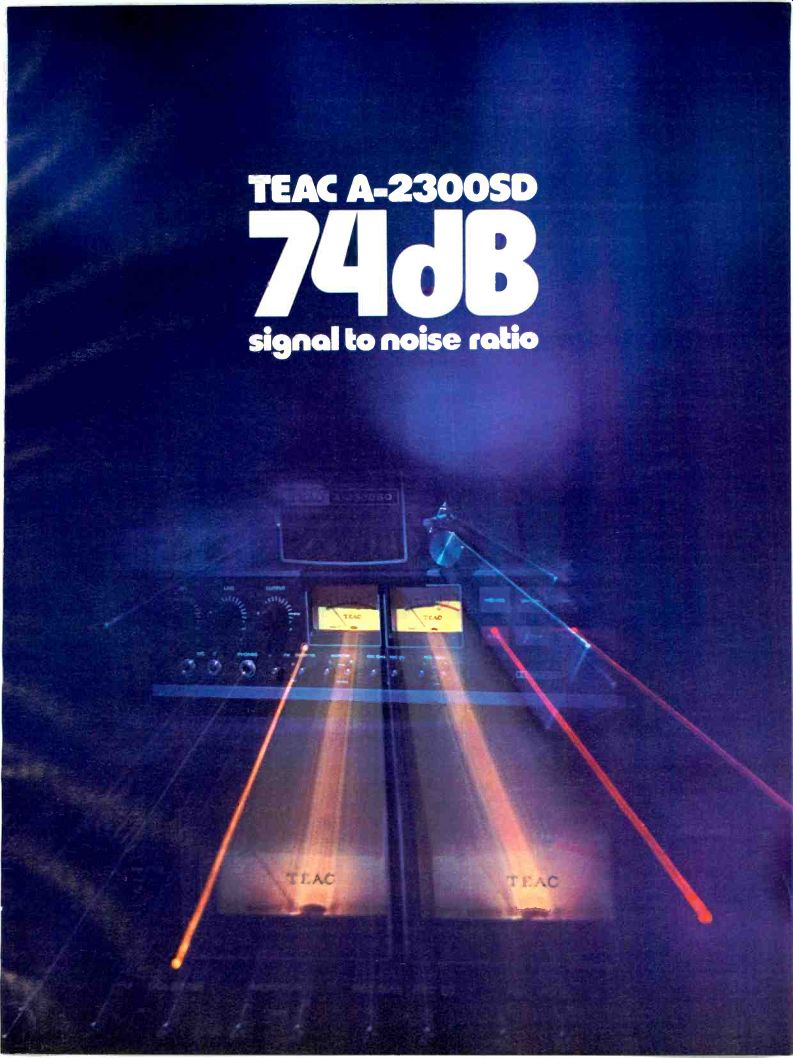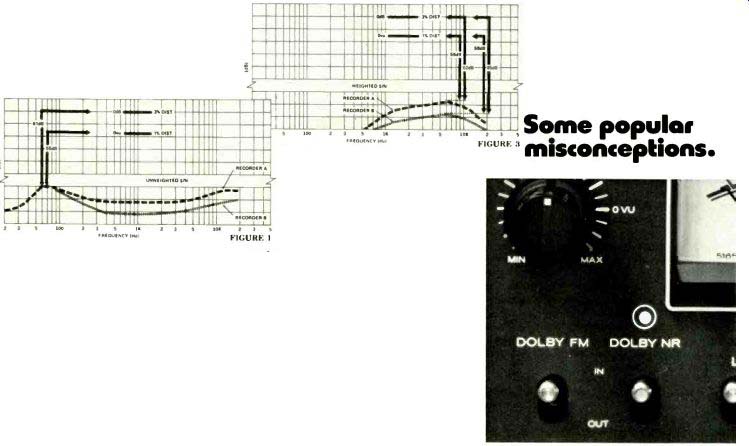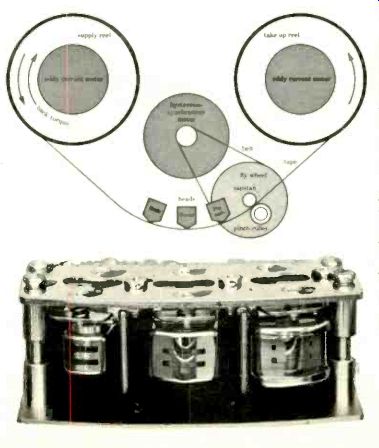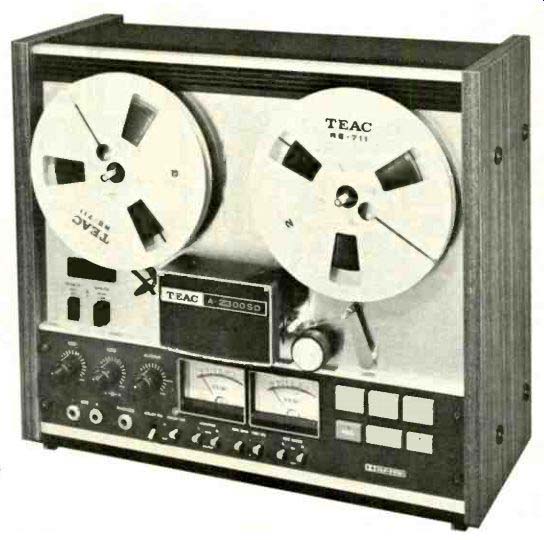
Noise vs signal
Noise is usually defined as an unwanted disturbance of some sort. In a tape recorder, noise does not occur at the same volume level across the entire frequency spectrum.
Low frequency hum is generally louder than high frequency hiss, but the human ear does not perceive noise in that relationship.
The sensitivity of the ear is not uniform with frequency, a situation expressed graphically in the well known Fletcher-Munson curves.
Since the ear is most sensitive to sounds in the range from 1 kHz to 4 kHz, low frequencies (hum) must be substantially louder than high frequencies (hiss) for the same apparent loudness.
You can see from Fig. 1 that recorder A has more hiss than B, yet the unweighted signal to-noise ratio would be the same for both machines (61 dB). Obviously this method of specifying noise characteristics is inadequate and misleading. It gives no indication at all as to the kind of noise measured. Hiss is more annoying than hum because it is more apparent at the same relative level.
What is weighted noise?
Weighting curves simulate the non-linearity of human hearing (Fig. 2). When they are used as filters in signal-to noise measurements, they make the resultant specifications more credible and meaningful.
Comparisons based on weighted noise figures are therefore more valid.
Using the previous example of recorders A and B, we now send the overall noise through the weighting filter and then measure the remaining noise. You can see from Fig. 3 that recorder A measures 62 dB, while recorder B measures 65 dB referenced to 3% distortion.
Now this comparison more accurately corresponds to what the listener actually hears and the subjective annoyance of the noise.
Why add Dolby?
Because you can gain an additional 9-10 dB reduction in noise with the B-type Dolby system. And that works out to be 74 dB on the A-2300 SD. We took some thing already quite good, and made it better.
The advantages of integral Dolby.
With an external Dolby unit, irregularities in a tape recorder's frequency response characteristics will be magnified during the signal processing, generally by a factor of two. When the Dolby circuits are an integral part of the recorder, however, the record and playback electronics can be optimized for the encode/decode processing. In addition, with integral Dolby you don't have to pay for an extra power supply, cabinetry and the like.

FIGURE 2; FIGURE. 3
Some POPULAR misconceptions.
There's no doubt that Dolby is an effective means of reducing noise, however the system will not eliminate any noise present on the original signal source.
That noise would go through the encode/decode processing along with the signal.
Then there's the feeling that Dolby reduces high end response in the process of reducing hiss. Highs are reduced during decoding, but in exact proportion to the extent they were boosted during encoding--back to the level they were on the original music. Finally, since the Dolby system is level sensitive--low level signals are affected more severely than high level signals--it should be emphasized that very high level signals are virtually unaffected by Dolby.
Complete Dolby flexibility.
The Dolby/FM switch activates the new 25 microsecond de-emphasis curve for decoding Dolbyized broadcast material. In addition, there's an FM copy switch on the back of the unit so you can record the broadcast encoded while monitoring the program decoded for a more accurate listening reference. With the A-2300 SD you can decode any external Dolby source.
And the external calibration controls, including a built-in tone generator, help you derive optimum benefits of the Dolby system through accurate level settings.
TEAC A-2300SD
Tape it.
There's a unique satisfaction to be had in personally selecting and sequencing your own source material. Enjoy tapes that exactly satisfy your particular musical tastes, your changing moods.
The tapes you make will bear the imprint of your individuality. They will become the expression of your personal artistic perceptions. And if you truly enjoy listening to music, the qualitative difference that the A-2300 SD makes can offer you years of rewarding and enjoyable musical experiences.
We've been making 3-motor, 3-head tape recorders for over 20 years.
Continually refining and perfecting the fundamentals.
Consistently providing the features and functions that best fit your recording needs. There's a certain pride here. A reputation for quality and reliability can not be proclaimed. It must be earned.


A lot of the information in this ad was excerpted from The White Paper. If you're interested in tape recording in general, and TEAC products in particular, be sure to get your free copy. You can do that by writing us. lb audition the A-2300 SD and hear the audible improvement it makes, just call (800) 477-4700* to find the name of your nearest TEAC retailer. We'll pay for the call.
*In Illinois, call (800) 322-4400 A-230050 TEAC.
The leader. Always has been.
TEAC CORPORATION OF AMERICA. 7733 Telegraph Road, Montebello, Calif. 90640
==============
Also see: